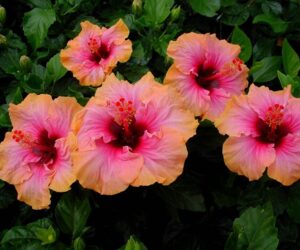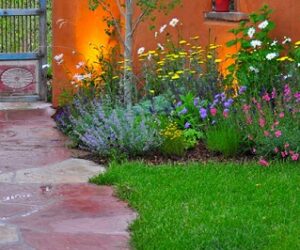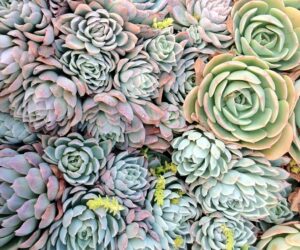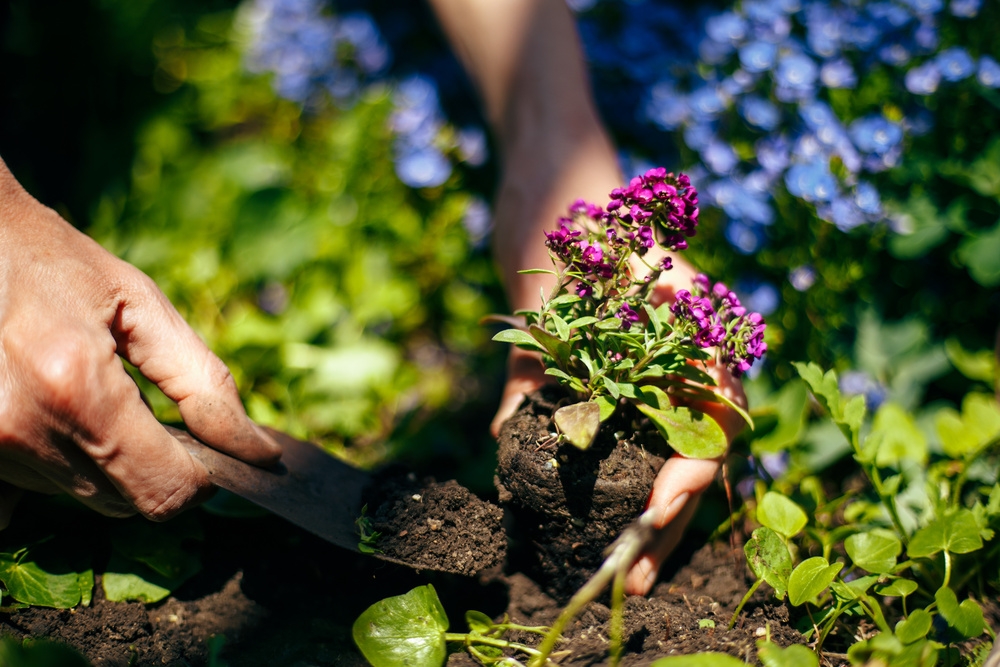
The bedrock of your garden is its soil. Your grass, shrubs, flowers, or seedlings anchor to this medium, which also gives them the nutrition and support they need to survive and flourish for several years. Soil preparation is, therefore, an essential phase in your gardening process.
You must select a good organic soil mix for your garden if you want to provide a healthy habitat for your precious plants. In fact, you can grow your plants in raised garden beds.
It isn’t difficult to create the garden soil mix that’s optimal for cultivating in raised beds. It’s believed that the ideal soil for a raised garden bed contains mainly top soil, the best of which is a specifically-formulated raised bed mix, humus, and organic matter.
Alas, not everyone lives on river flats where you can find some of the healthiest gardening soil mixes. To help you out, keep reading to learn how to select the best soil mix for your garden.
1. Choose A Gardening Type: In-Ground Or Raised Bed
As stated earlier, you’ll need an excellent organic garden soil mix for your garden, to promote the growth of your plants; furthermore, you can employ raised bed gardening. Hence, before you choose a soil mix for your plants, you must first decide which gardening type will work best for you, so you can create a soil mix that’s appropriate for your chosen gardening type.
Although in-ground gardening may be less expensive to begin and maintain, raised bed gardening offers advantages such as a lowered risk of plant damage and better drainage.
2. Take Your Plants’ Needs Into Consideration
Each plant has its own unique needs necessary for it to thrive and flourish. Henceforth, before choosing your soil mix, take a moment to consider what you’ll be planting in your garden, in order to obtain the best outcomes for your plant with regards to its growth and development.
Outlined below are the ideal soil mix requirements for some specific plant categories.
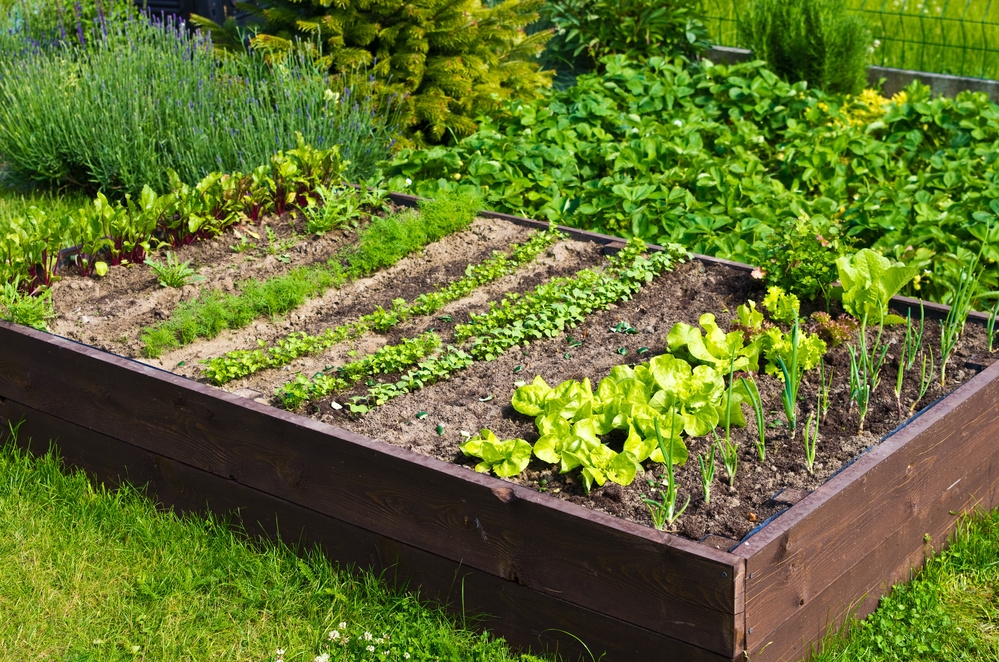
- Soil Mixes For Native Plants
Phosphorus may be poisonous to several native plant species, particularly those belonging to the Proteaceae family, which includes Banksias, Proteas, Grevilleas, and Waratahs. Hence, it’s crucial to set up a garden where these plants will be grown using a soil mixture that contains little or no phosphorus, and has excellent drainage to ensure your native plant attains the maximum growth possible.
When planting these native species, choosing a mulch is another thing to look into. In order to match your taste and garden design, you may want to use a mulch that looks natural, has colors, or is made of pebbles.
- Best Soil Mixes For Desert Plants
It isn’t a good idea to plant your cacti in a mixture that contains clay soil. They thrive in soil that dries rapidly, offers aeration, and permits them to drain well to avoid root rot. Cacti normally flourish in a soil mix that has some sort of grit, such as a blend that contains volcanic ash, sand, forest humus, and perlite.
Similar to cacti, succulents require fast-draining soil in order to avoid root rot and excessive watering. They’ll stay healthy and be able to dry out effectively in between waterings if the soil contains a mixture of pine coir, monto clay, and bonsai block. The soil mixture should also be pH balanced or somewhat acidic for succulents that love acidic soils, such as lithops, crassula, aloe vera, and jade, amongst others.
- Soil Mixes For Flowering Plants
Flowering plants require a variety of nutrients to thrive as well. Some flowering plants can flourish in extremely alkaline soils, such as chalky soil, which ranges in pH from 7.1 to 8.0. Examples of flowering plants that bloom on chalky soils are geraniums, alstroemerias, asters, campanulas, agapanthus, and alchemilla.
Meanwhile, flowering plants that favor acidic soils, such as camellias, azaleas, and heathers, can survive and grow well in soil mixtures that contain peat soil.
- Soil Mixes For Vegetable Gardens
The ideal organic soil blend for at-home vegetable gardens varies. Because the majority of nutrients are present in a soil that has a pH value between 6.0 and 7.0, most vegetables grow abundantly in that range. Thus, before choosing your soil mix, you must verify its pH. You can make acidic soil that has a pH value of 7.0 more alkaline by adding crushed limestone.
On the other hand, peat moss aids in increasing the acidity of alkaline soil (pH values below 6.0). Some vegetables require a substantial amount of nitrogen. It’s advisable to apply a liquid feed with a high concentration of nitrogen when cultivating leafy green crops like cabbage, spinach, lettuce, etc.
Further, it’s advised that you opt for a fertilizer with high potassium content to encourage the development of flowers and fruits in fruiting crops like pumpkins, melons, and tomatoes.
Conclusion
Whether you have vegetable plants or desert plants in your garden, selecting the right soil is essential to plant health. Use the guidelines outlined in this post to choose a good soil mix that’ll possess the best soil conditions for your plants, and provide the right amount of drainage to thrive.

